United States Flag Meaning
Stars and stripes representing the states and original colonies that founded America.
- Continent
- North America
- Adopted
- 1960
- Ratio
- 10:19
- Colors
- red, white, blue
- Designer
- Robert G. Heft (current 50-star version)
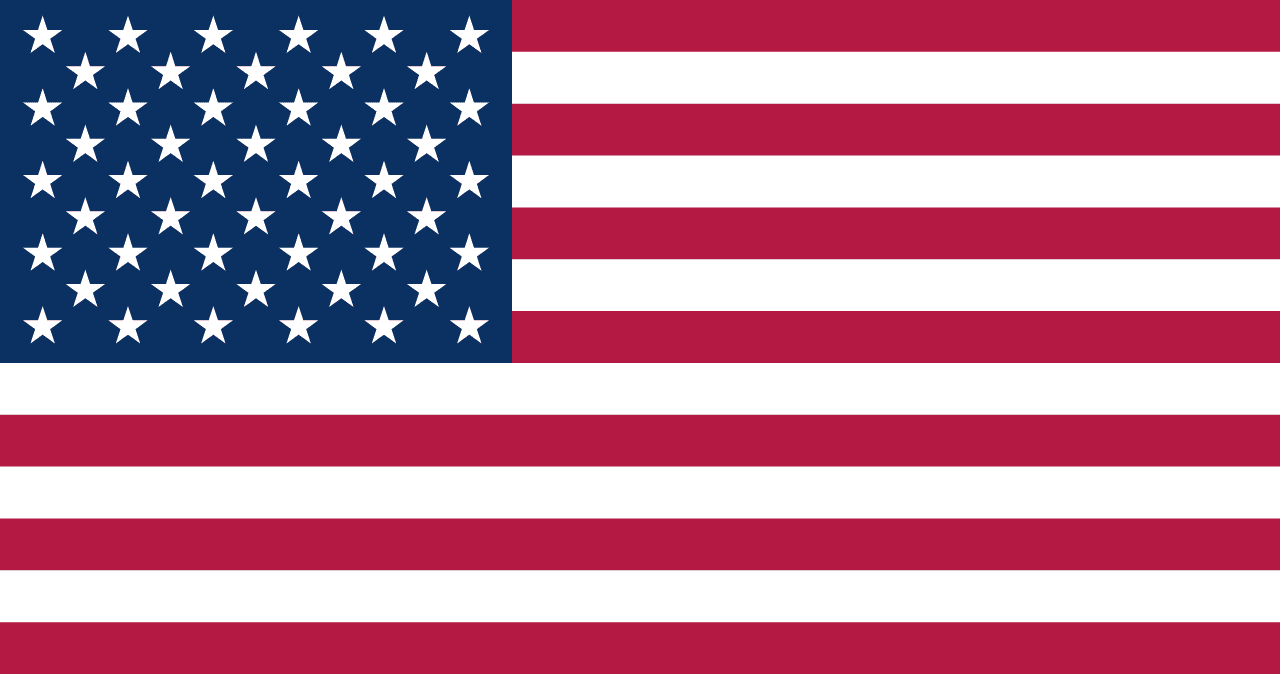
Symbolism
50 Stars: Each white star represents one of the 50 U.S. states, arranged in nine rows on a blue canton.
13 Stripes: Seven red and six white alternating stripes represent the original 13 colonies that declared independence from Britain.
Red Color: Represents hardiness, valor, and the blood shed for freedom and independence.
White Color: Symbolizes purity, innocence, and the noble ideals upon which the nation was founded.
Blue Canton: Represents vigilance, perseverance, justice, and the unity that binds the states together.
History
- 1777: First official flag with 13 stars and 13 stripes adopted by the Continental Congress on June 14th, establishing the basic design.
- 1795-1818: Flag temporarily had 15 stars and 15 stripes when Vermont and Kentucky joined the union, creating the 'Star-Spangled Banner' that inspired the national anthem.
- 1818: Congress passed the Flag Act, fixing the number of stripes at 13 and establishing that new stars would be added for each new state.
- 1912: President Taft established official proportions and arrangement of stars in Executive Order 1637.
- 1959-1960: 49-star flag adopted when Alaska became a state in 1959, followed by the current 50-star design when Hawaii joined in 1960.
Trivia
- The current 50-star design was created by 17-year-old Robert G. Heft as a high school project, earning him a B- grade initially.
- Flag Day is celebrated annually on June 14th, commemorating the 1777 adoption of the flag.
- The flag is often called 'Old Glory,' a nickname coined by sea captain William Driver in 1831.
- Betsy Ross is often credited with sewing the first flag, though this story is likely legend.
- The flag has been modified 27 times since 1777, more than any other national flag.
- The pledge of allegiance was written in 1892 and originally included a military-style salute.
- NASA planted six American flags on the moon during the Apollo missions, though they have likely been bleached white by solar radiation.
Related Countries

Mexico
North America
Three vertical stripes of green, white, and red with the Mexican coat of arms centered on the white stripe, featuring an eagle perched on a cactus devouring a serpent, representing the Aztec founding legend of Tenochtitlan and Mexican independence.
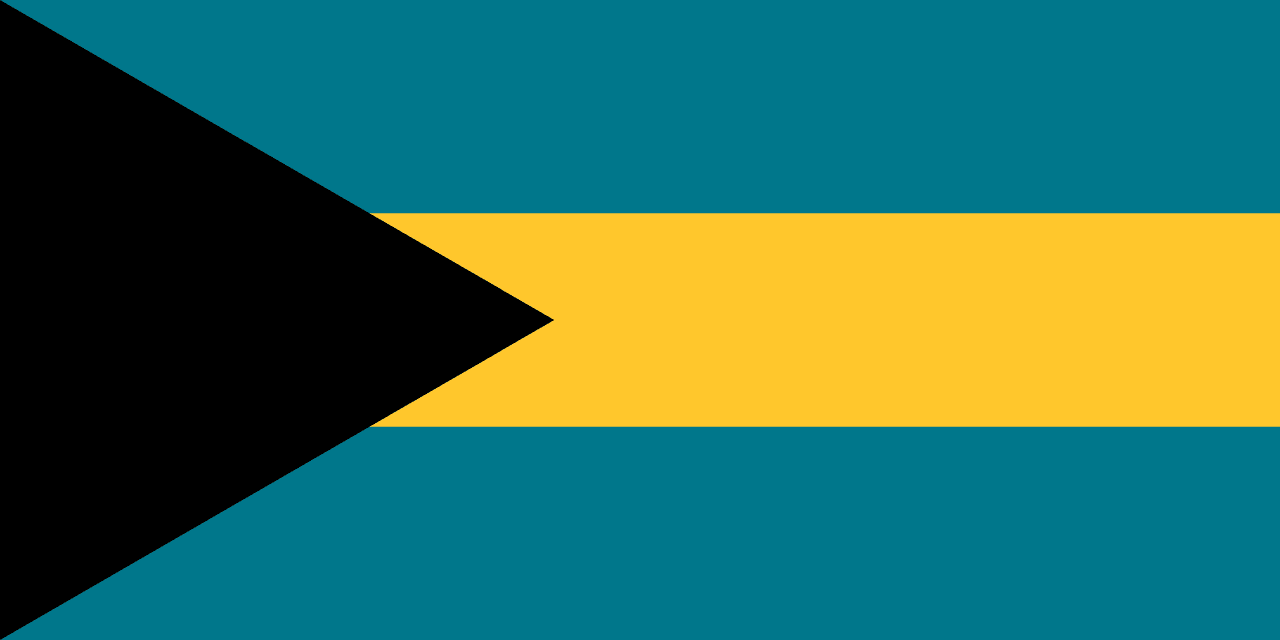
Bahamas
North America
Three horizontal stripes of aquamarine, gold, and aquamarine with a black equilateral triangle at the hoist, representing the waters surrounding the islands, the golden beaches and sunshine, and the strength and determination of the Bahamian people united in their love for their homeland.

Canada
North America
The Maple Leaf - a red stylized maple leaf centered on a white square between two red vertical bands, representing Canada's natural heritage and unity from coast to coast.
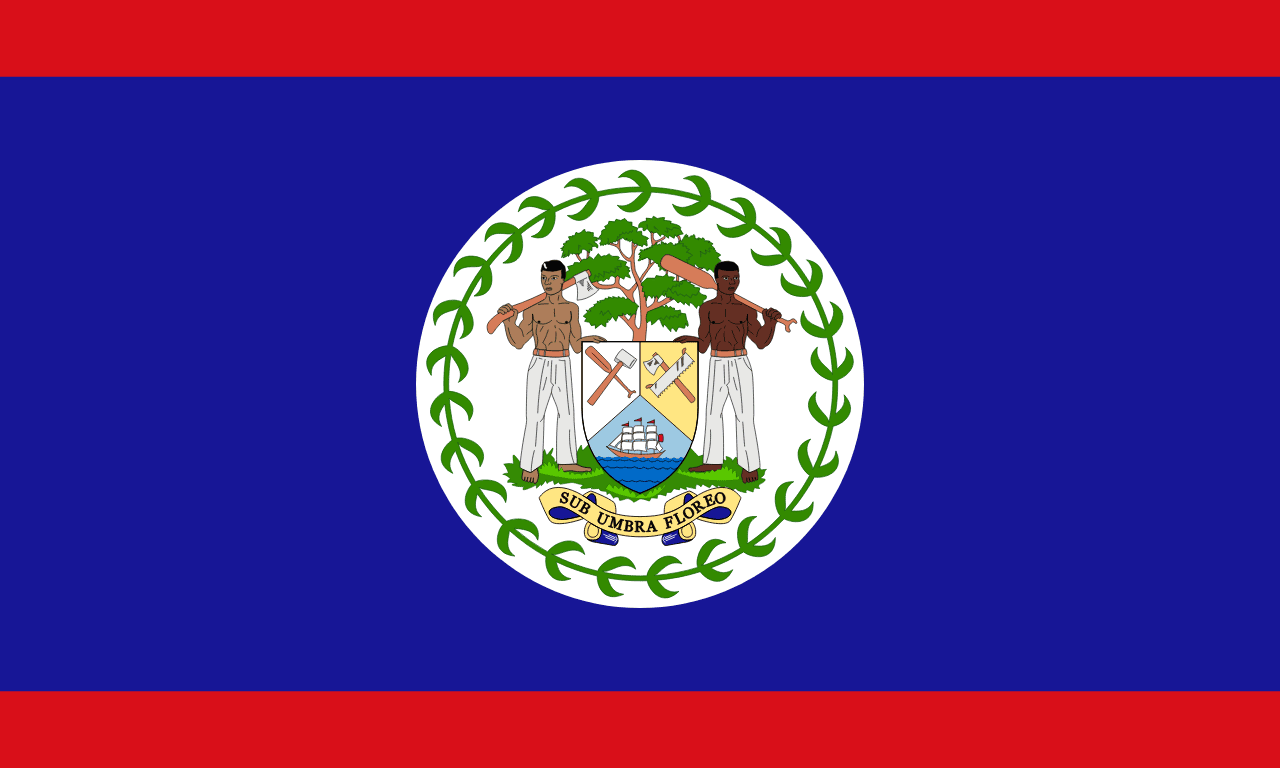
Belize
North America
A blue field with red stripes along the top and bottom edges and the national coat of arms in a white circle at the center, representing the ruling People's United Party, the opposition United Democratic Party, and the peace that unites them, making it the only national flag to feature human figures.
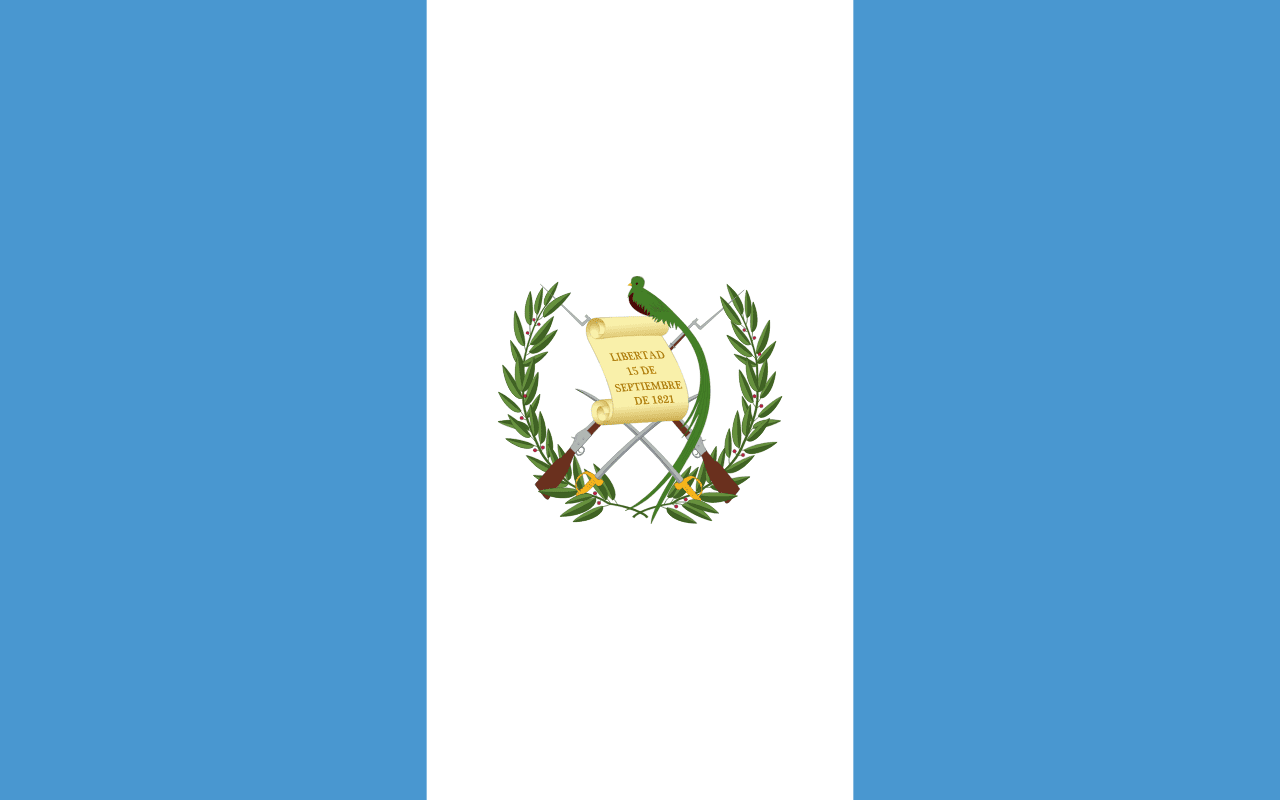
Guatemala
North America
Three vertical stripes of blue, white, and blue with the national coat of arms centered on the white stripe, representing the Pacific and Atlantic oceans, peace, and the sovereignty of the Republic of Guatemala.
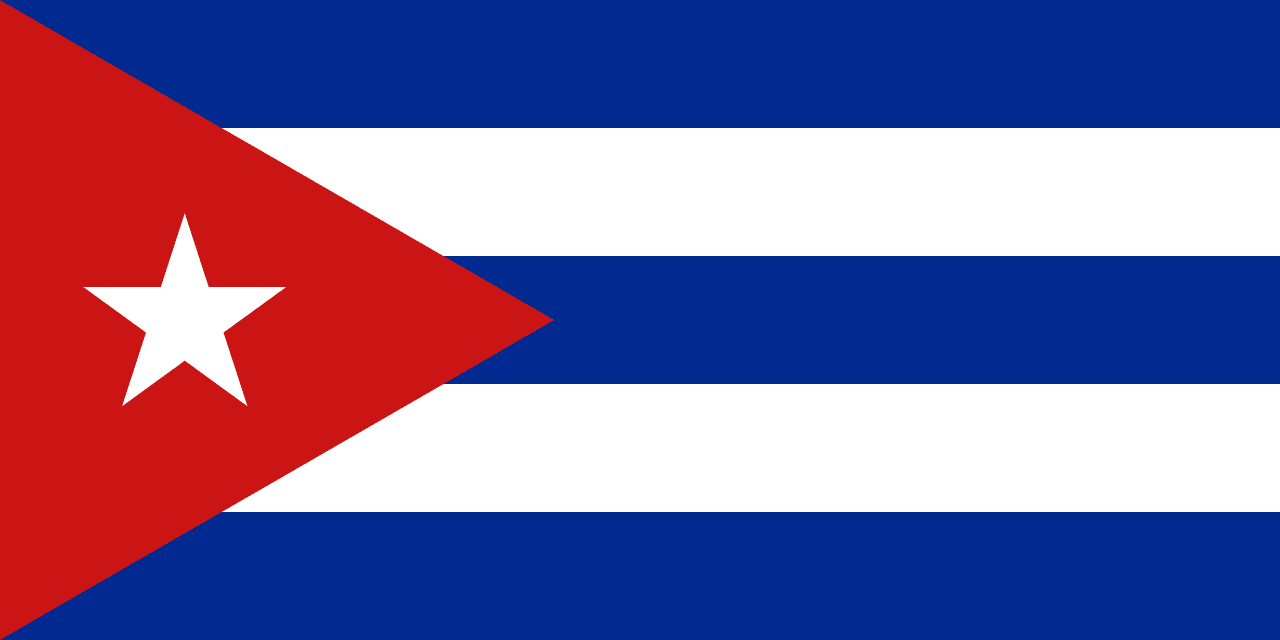
Cuba
North America
Five horizontal stripes alternating blue and white with a red equilateral triangle at the hoist containing a white five-pointed star, representing the three original provinces, purity, the blood of martyrs, and the independence of Cuba.